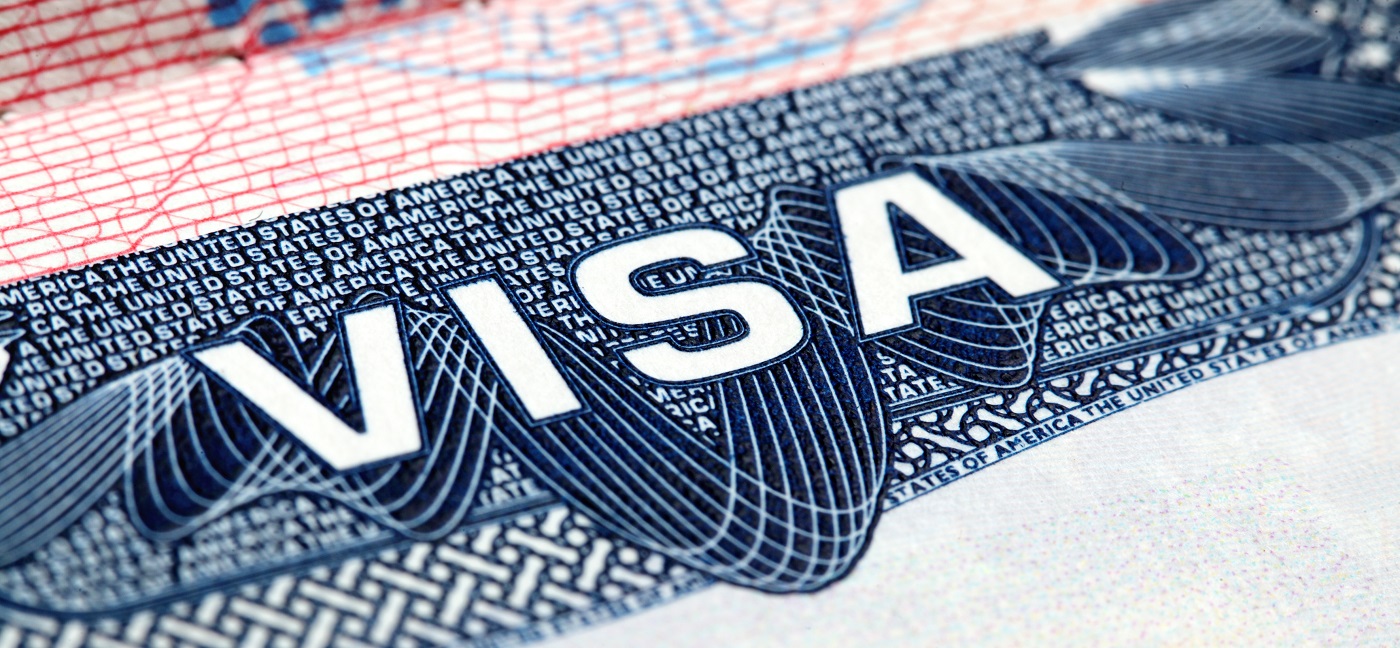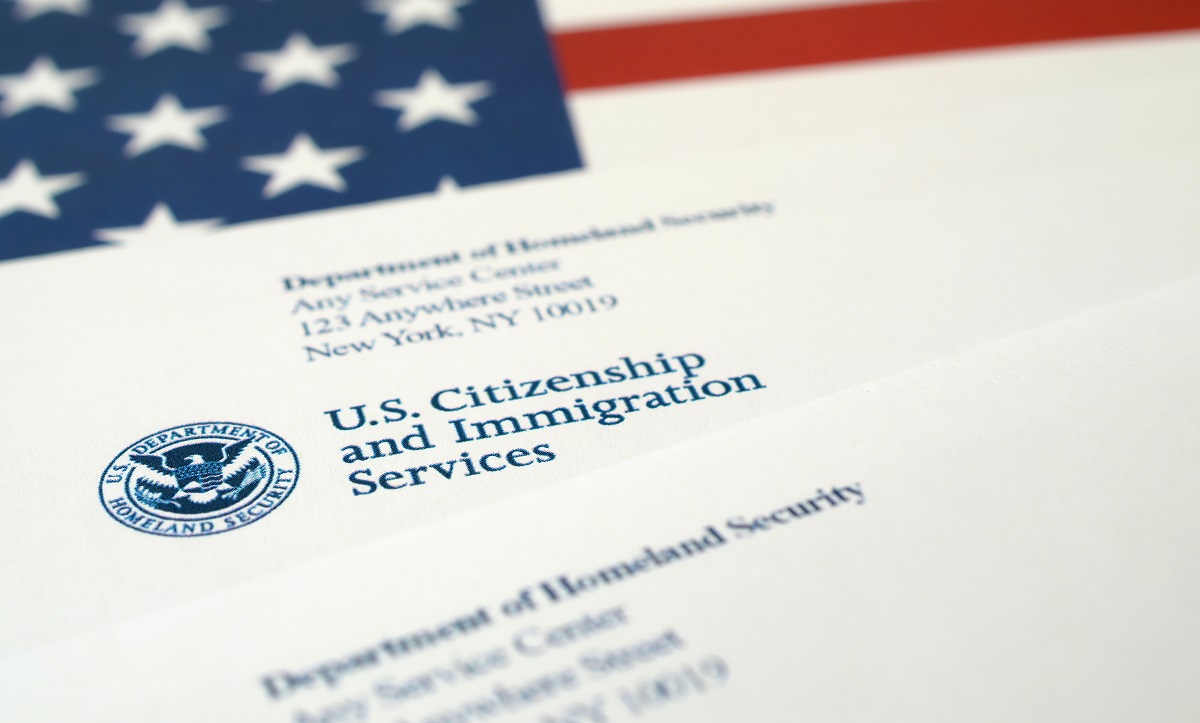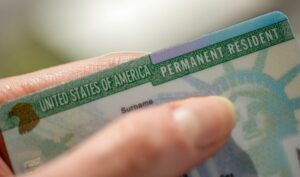
Applying for a U.S. immigrant visa is a complex journey that requires patience and diligence. Applicants often find themselves navigating a labyrinth of paperwork, interviews, and waiting periods. Increasingly, visa wait times are becoming a significant concern for many. Understanding the factors contributing to these delays is crucial for applicants and their families.
The Immigrant Visa Process Simplified
An immigrant visa, commonly known as a green card, grants individuals the right to live and work permanently in the United States. The primary pathways to obtaining an immigrant visa include:
- Family-Based Immigrant Visas: For individuals sponsored by U.S. citizen or permanent resident relatives.
- Employment-Based Immigrant Visas: For workers sponsored by U.S. employers.
- Diversity Visas: For individuals from countries with low rates of U.S. immigration.
- Refugees and Asylum Seekers: For those fleeing persecution in their home countries.
The process typically involves submitting a visa petition with supporting evidence, undergoing a review process, and attending an interview. Depending on individual circumstances, interviews may take place at a U.S. Citizenship and Immigration Services (USCIS) field office or a U.S. embassy or consulate abroad.
Systemic Factors Contributing to Lengthy Visa Wait Times
First, it's helpful to understand that the United States receives more immigrant visa applications than any other country in the world. Therefore, it’s normal that processing times across the board are high. Most of the time it doesn’t mean there’s anything wrong with your application or case. By default, several elements contribute to the prolonged wait times for immigrant visas:
- Annual Visa Caps: The U.S. imposes numerical limits on certain visa categories. For instance, family-sponsored preference visas have a cap of 226,000 per fiscal year, while employment-based preference visas are limited to 140,000. These caps can lead to significant back logs, especially for applicants from countries with high demand.
- Per-Country Limits: To promote diversity, no more than 7 percent of visas in each category can be issued to applicants from any single country. This policy can result in longer wait times for individuals from countries with many applicants, such as India, China, Mexico, and the Philippines.
- Processing Delays: The immigration process involves multiple government agencies, including USCIS and the Department of State. Factors such as staffing shortages, increased security checks, and policy changes can slow down processing times.
Why Would Your Case be Taking Longer Than Usual
Most cases take time to process through the backlog, but delays can occur due to errors or omissions. Here are some reasons your case could be delayed:
- Lost or Misplaced Files: While rare, files can be misplaced during data entry by contractors. Always keep copies of your submitted documents in case you need to resubmit anything.
- Wrong Address: If you change addresses, notify USCIS to avoid missing important notices, such as biometrics appointments or interview scheduling, which could delay your case.
- Security Checks: Biometric screenings may delay your case if you have a criminal record or a common name, as the FBI conducts additional checks.
- Incomplete Responses to RFEs: If you receive a Request for Evidence, ensure you provide all requested documents within the deadline. Missing information could delay or deny your case.
Changes Under the New Trump Administration Impacting Visa Wait Times
The recent transition to President Trump's second term has introduced several policy changes that are expected to affect visa processing times:
- Enhanced Security Vetting: The administration has reinstated stringent security protocols for visa applicants. This includes more comprehensive background checks and in-depth interviews, which can extend processing times.
- Suspension of the U.S. Refugee Admissions Program (USRAP): An executive order has suspended the entry of refugees into the U.S., pending a review to determine if their admission aligns with national interests. This suspension, effective January 27, 2025, may lead to resource reallocation within immigration agencies, potentially affecting other visa processing times.
- Attempt to End Birthright Citizenship: An executive order aims to end birthright citizenship for children born in the U.S. to non-citizen parents. This policy is currently facing legal challenges and has been temporarily blocked by federal judges. The ongoing legal proceedings may divert resources and attention within immigration agencies, potentially impacting processing times.
- Increased In-Person Interview Requirements: The administration has expanded the criteria for mandatory in-person interviews for visa applicants, including certain employment-based categories. This change is expected to increase the workload for consular officers and contribute to longer wait times.
Of course, it's early in President Trump's term. Many more changes could be coming.
Strategies to Navigate Extended Visa Wait Times
Immigrant visa wait times generally cannot be expedited because they are subject to annual visa caps, per-country limits, and extensive background checks. While some exceptions exist, most applicants must wait for their priority date to become current.
Given these facts, applicants can take proactive steps to manage potential delays:
- Plan Ahead: Anticipate longer processing times and submit applications as early as possible.
- Stay Informed: Regularly check official government websites, such as USCIS and the Department of State, for updates on policy changes and processing times. Sign up for CitizenPath's free newsletter below.
- Maintain Lawful Status: Although some categories may obtain permanent resident status after a period of unlawful presence, many cannot. If necessary, work with an attorney to find a new status so that you avoid unlawful presence.
- Prepare Thoroughly: Ensure all application materials are complete and accurate to avoid delays caused by requests for additional information.
In conclusion, while recent policy changes under the new Trump administration are contributing to increased visa wait times, being informed and proactive can help you navigate these challenges effectively. CitizenPath is here to assist you with tools and resources tailored
How CitizenPath Can Help
CitizenPath offers user-friendly, online immigration services designed to help individuals and families navigate the U.S. immigration process with confidence. Our platform provides step-by-step guidance, ensuring that your applications are prepared accurately and efficiently. You even get a checklist of supporting documents for your situation. By using CitizenPath, you can minimize errors, reduce potential delays, and improve your chances at the best visa wait times.
We provide support for the Immigrant Visa Petition Package (Form I-130), Adjustment of Status Package (Form I-485), and several other immigration services.
Want more immigration tips and how-to information for your family?
Sign up for CitizenPath’s FREE immigration newsletter and
SAVE 10%
on our immigration services







